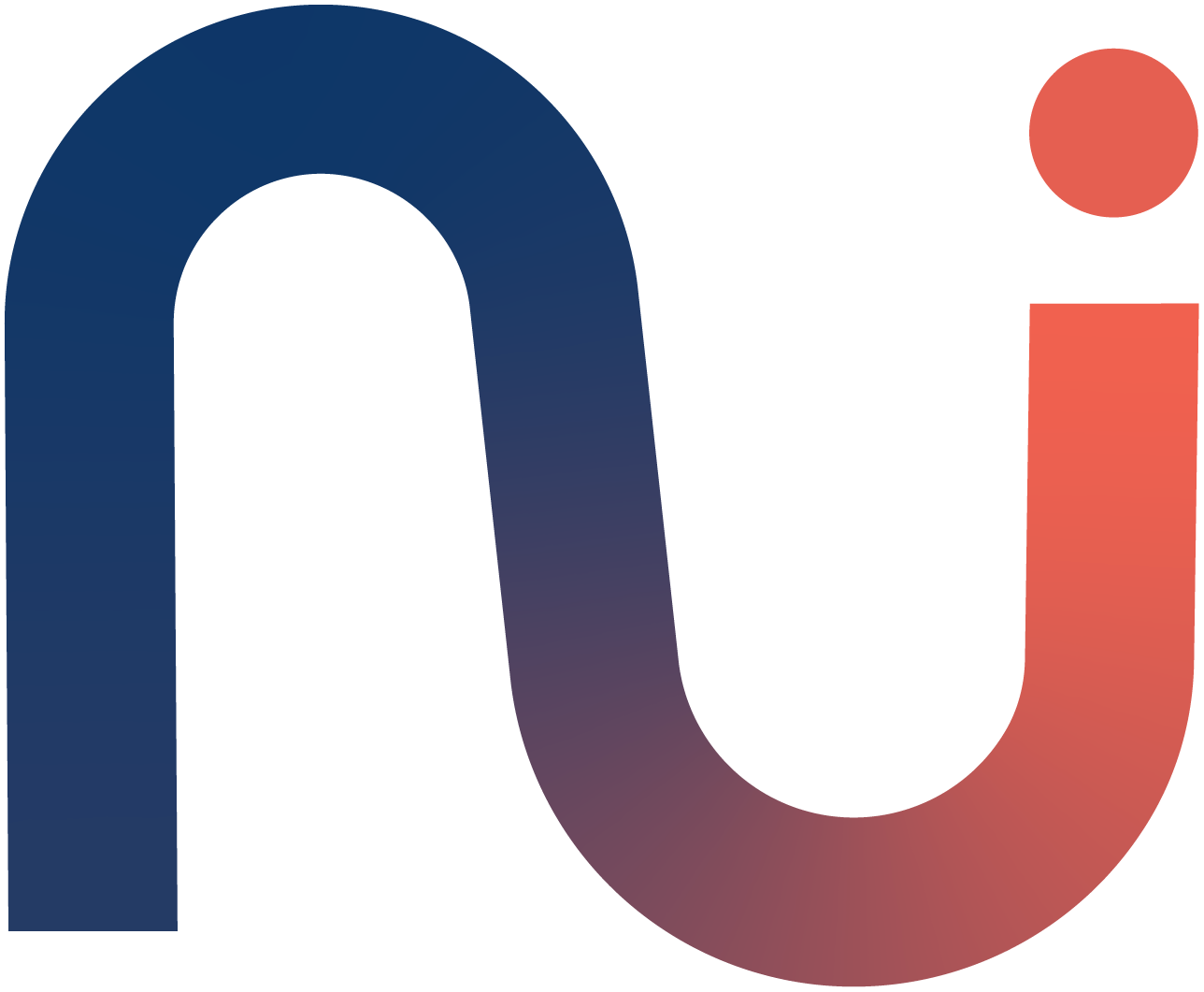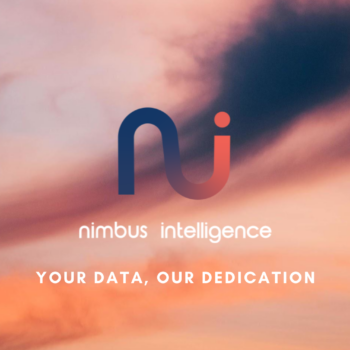Chatbots are increasingly used across industries to automate support, assist internal teams, and deliver information on demand. While the language models behind these systems receive much of the attention, the quality of a chatbot’s output depends heavily on the data it is built upon and how well that data is prepared. A chatbot’s ability to deliver accurate, timely, and relevant responses is not just a function of its model but also of the structure and accessibility of the underlying information it draws from.
Structured data
Structured data plays a foundational role in chatbot systems. This includes data stored in well-defined formats such as databases, API outputs, and spreadsheets. When a chatbot can query structured data sources, it can often deliver precise, factual responses. These data sets are usually easier to integrate, and the relationships between entities are explicitly defined, which supports consistent performance. Chatbots that rely on structured data benefit from the clarity and control that these sources provide, making them well-suited for use cases like product lookups, account status queries, or system health checks. More information about why clean data is important for AI application: No AI without data (engineers)
Unstructured data
Unstructured data introduces more complexity. Many organizations store valuable information in the form of PDFs, documentation portals, emails, or internal wikis. Retrieval-Augmented Generation (RAG) is a technique that allows chatbots to use this type of content effectively. In a RAG pipeline, unstructured documents are ingested, broken into smaller sections, enriched with metadata, and indexed for retrieval. When a user asks a question, the system searches this indexed content for relevant information, retrieves it, and passes it to the language model to generate a response. While RAG enables broader coverage of domain-specific knowledge, it requires extensive preprocessing and data transformation to function properly. More about RAGS
Technical vs user experience
There is a distinction between a chatbot that is well-engineered and one that provides a good user experience. From a technical standpoint, a well-engineered chatbot may handle queries efficiently, retrieve information correctly, and follow defined logic. However, users often judge a chatbot based on how it understands their intent, how naturally it communicates, and how helpful the answers feel in context. Meeting both criteria requires aligning backend engineering with real-world user needs. This includes evaluating how well the chatbot works technically and how well it works for the needs of the user.
In summary, effective chatbot deployment is rooted in solid data foundations, especially when incorporating both structured and unstructured sources. RAG architectures extend a chatbot’s capabilities, but still needs raise the level of data engineering effort required to ensure consistent, useful output. Success depends on how well the data is prepared and how closely the system design reflects the actual usage patterns of its users. At Nimbus Intelligence, we work with teams to unlock the value in their data, building systems like data pipelines that make information accessible, searchable, and useful where it matters most. If you’re curious about how this could apply to your use case, don’t hesitate to reach out. We’re happy to answer any questions you might have. Contact us






